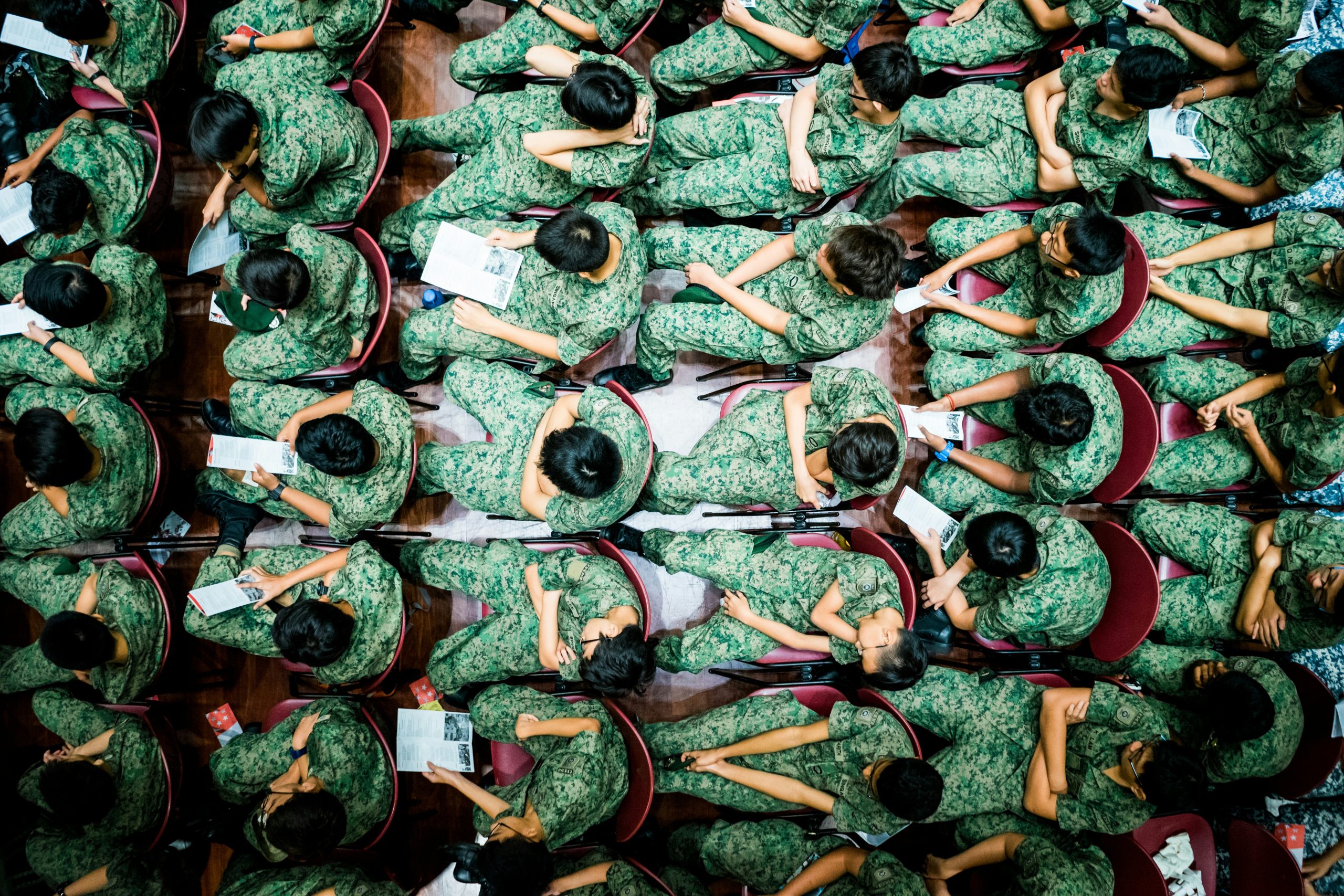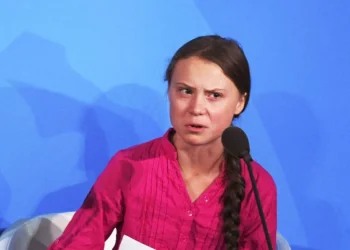South Korea’s active-duty military personnel has plummeted to 450,000—a staggering 20% reduction since 2018—according to a defense ministry report disclosed by ruling party lawmaker Choo Mi-ae. The dramatic downsizing, attributed directly to the nation’s record-low fertility rate of 0.75 births per woman, raises urgent national security concerns as nuclear-armed North Korea maintains 1.3 million troops across the DMZ.
A July study by South Korean military analysts warned the country needs at least 500,000 soldiers to deter Northern aggression, labeling the current troop deficit a critical vulnerability. The report emphasized the need for “decisive national action” to reverse the trend, as the number of army divisions has shrunk from 59 to 42 since 2006 through mergers and disbandments. Despite allocating a record 60 trillion won ($43 billion) defense budget for 2025—exceeding North Korea’s entire GDP—personnel shortages persist due to irreversible demographic collapse.
All able-bodied South Korean men must complete 18 months of military service, a policy maintained since the 1953 armistice left the peninsula technically at war. However, the unpopular conscription program faces growing criticism for disrupting careers and exacerbating gender inequality debates. Conservative factions now push for including women in the draft as the working-age population shrinks, while demographic projections suggest the country’s 50 million people could halve within six decades.

South Korea’s Worsening Fertility Rate Timeline
The military crisis mirrors the nation’s accelerating demographic freefall: fertility rates have successively broken world records with 0.98 (2018), 0.84 (2020), 0.72 (2023), and a slight uptick to 0.75 in 2024. Defense planners warn these trends could force further troop reductions despite heightened regional tensions, as the pool of eligible conscripts dwindles year after year.
While South Korea invests heavily in high-tech weapons like K2 tanks and F-35 jets to offset personnel shortages, military strategists stress that technology cannot fully replace boots on the ground. The imbalance grows more precarious as Pyongyang continues expanding its conventional forces alongside nuclear capabilities, with recent intelligence suggesting North Korean troop levels have increased despite its own economic struggles.














